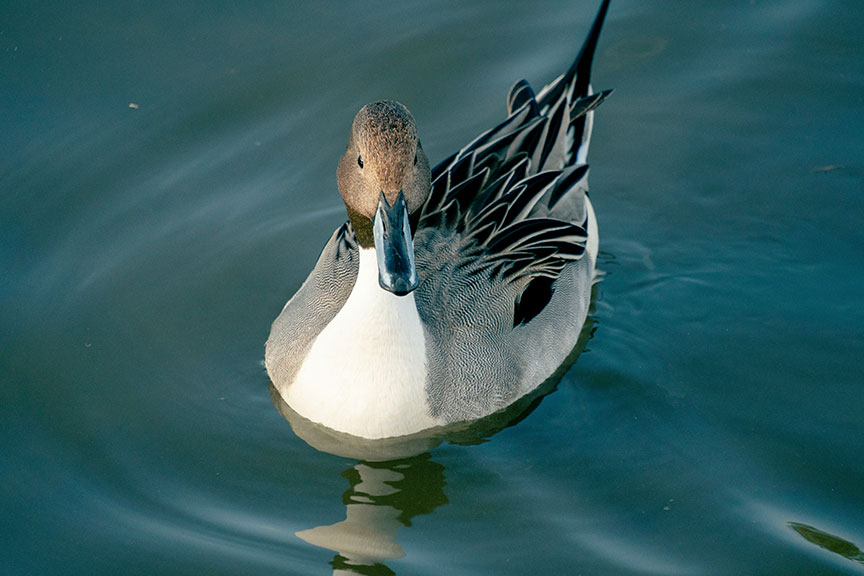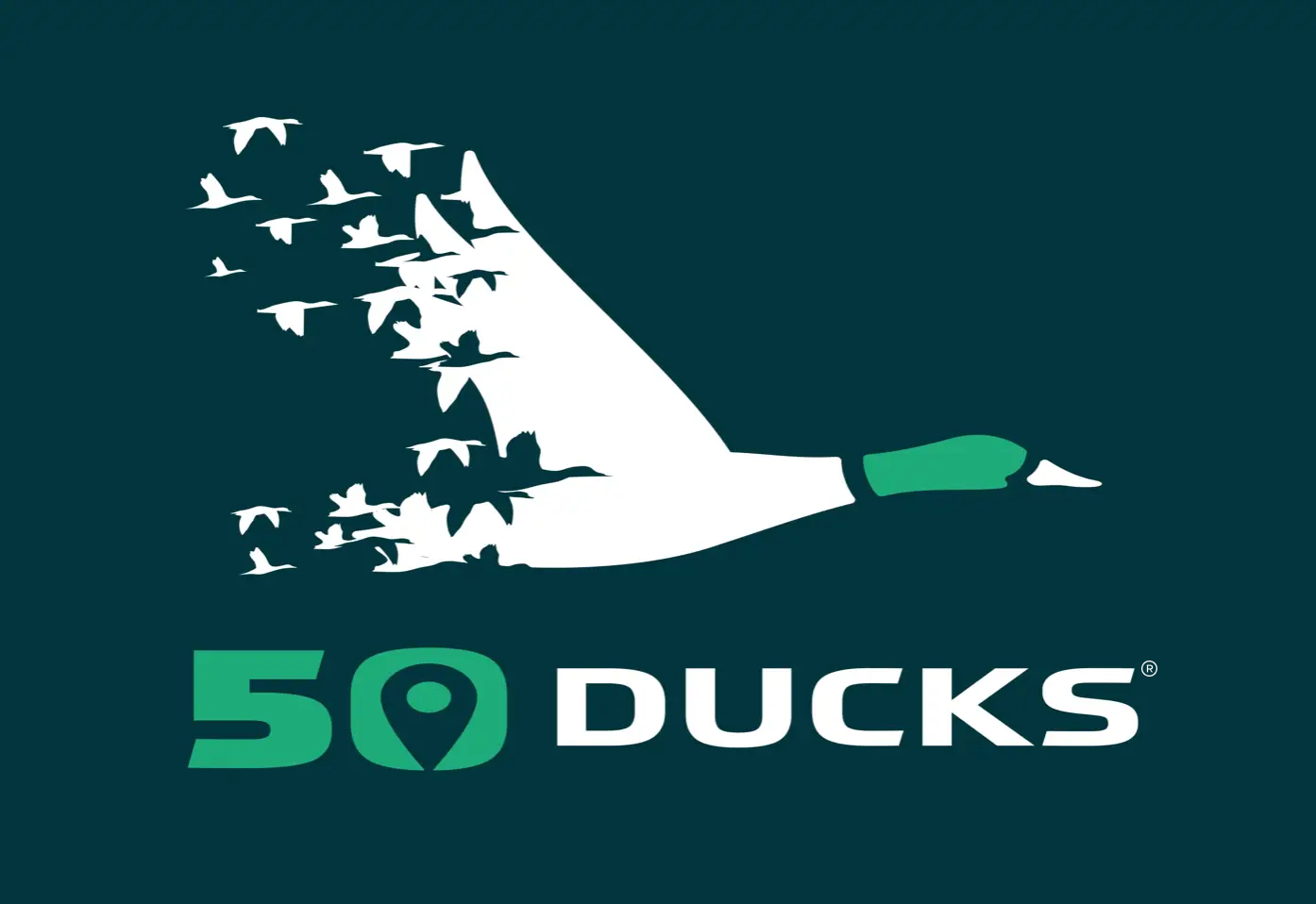Northern Pintail

Habitat and Migration
A preference for shallow freshwater environments defines the home of this avian marvel. From marshes, ponds, lakes, and estuaries, the diversity of their habitats across North America, Europe, and Asia showcases their adaptability.
Come winter, Northern Pintail Ducks migrate to temperate regions, painting skies with their formations. The spectacle of their migration underscores the seamless connection between different ecosystems, highlighting the global tapestry of avian pathways.
Nesting preferences for short grass stubble have limited the nesting success of Northern Pintails in recent years leading to a significant population decline. For centuries these birds evolved to nest in short prairie grass, a habitat closely mimicked by today’s wheat and barley fields in the PPR. Unfortunately, these fields are being cultivated as the birds are nesting resulting in a very low nest success rate.
Historically, farmers were forced to leave fields fallow every few years, but due to agricultural intensification, this practice has diminished since it is no longer necessary. With the use of better fertilizers, less agricultural land is left fallow, resulting in almost all pintail nests being destroyed before the eggs can hatch. The nesting period of pintails unfortunately coincides with the farmers’ harvest and planting times, creating an environmental trap that adversely affects the birds.
However, with programs like the Conservation Reserve Program (CRP), many farmers have been able to successfully restore their fields to native grasslands, offering hope for an increase in pintail populations in the future.
Feeding Preferences and Ecological Role
With a well-balanced diet consisting of aquatic plants, seeds, and small invertebrates, the Northern Pintail impacts every habitat. Their method of foraging and dabbling along the water’s surface displays grace and ecological importance. By dispersing seeds and controlling insect populations, they contribute significantly to the health and diversity of wetland ecosystems.
Habitat loss and changing agricultural practices, along with nest predation, have led to a drastic reduction in population size. This illustrates the importance of ongoing conservation efforts to preserve their wetland homes and futures.
For conservationists, this large duck breed spotlights the delicate balance of nature and the urgent need for environmental stewardship. When one observes their majestic flights and understands their life cycle, one gains insight into the complexities of the Northern Pintail Duck. Join 50 Ducks today to monitor their migration patterns across North America.
